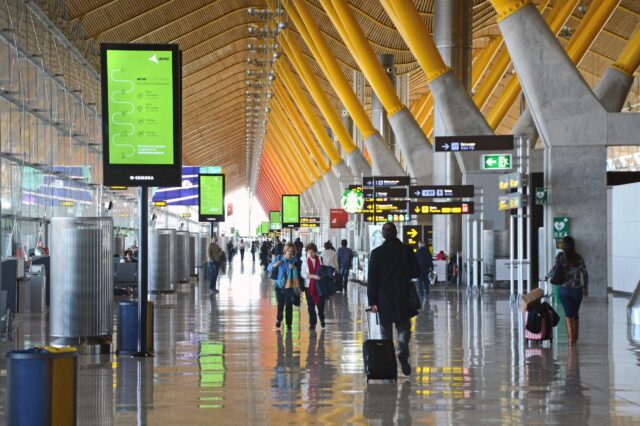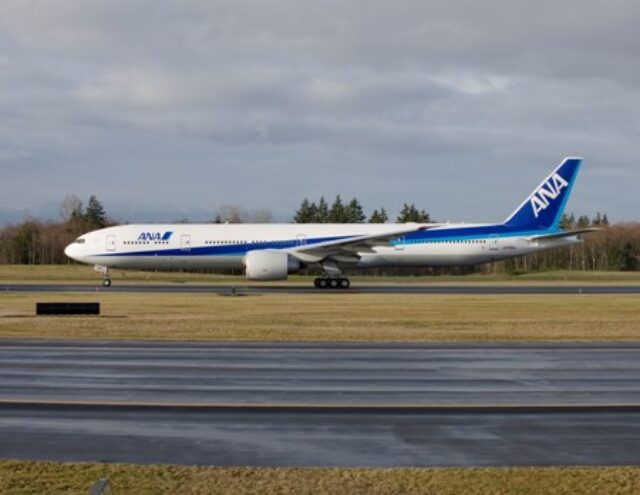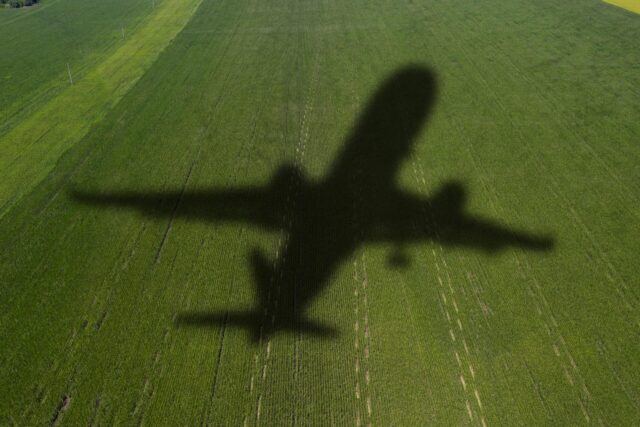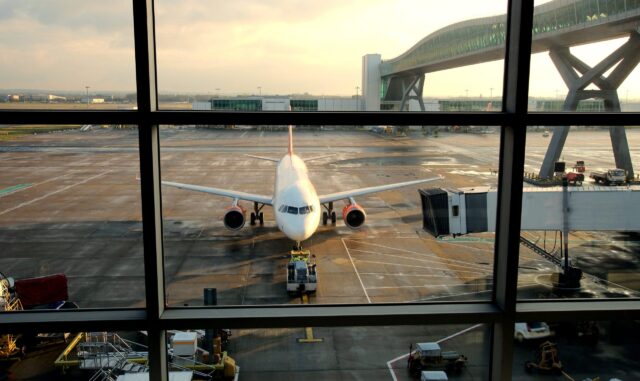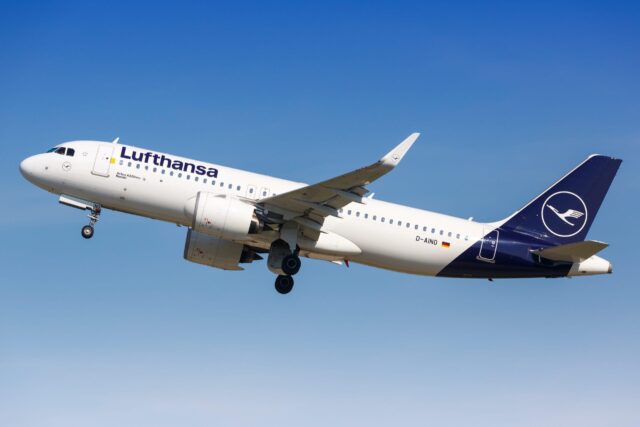Middle East airspace closures disrupt flights as airlines weigh long-term impact

The escalating conflict involving Iran, Israel, and the United States is causing widespread disruption to airspace and the global networks of airlines.
Several airlines suspended flights to the Middle East, rerouted services to avoid volatile airspace or diverted aircraft in an effort to avoid the military action which intensified over the weekend after the US launched a bombing campaign against Iran.
However, the longer-term impact on the aviation sector remains unclear.
Carriers are monitoring the situation and considering how long these schedule disruptions will be necessary.
Airspace across Iran, Iraq, Israel, Jordan, and Syria has been closed or restricted, prompting operators to divert flights through alternative corridors, often adding hours to journey times and increasing fuel costs.
Airspace closures, flight cancellations
Major carriers including British Airways, Lufthansa Group, Singapore Airlines, and Air France-KLM have cancelled services to destinations such as Dubai, Doha, and Riyadh, citing passenger safety concerns.

Air France cancelled flights to and from Dubai and the Saudi capital, Riyadh. British Airways also suspended flights to Doha and Dubai. Singapore Airlines cancelled flights to and from Dubai.
Air India Group is avoiding certain airspace in the Middle East, resulting in longer flights, and Air India Express has cancelled some services.
“We will be progressively avoiding the use of certain airspace over the Persian Gulf in the coming days, opting instead for alternative paths for flights to destinations, including the UAE, Qatar, Oman, and Kuwait,” Air India said in a statement.
Middle Eastern airlines, such as Emirates, Etihad, and flydubai, have also pulled services from Iran, Iraq, and Lebanon, with some suspensions expected to extend into July.

Israeli airspace has opened sporadically to facilitate emergency flights but remains under tight control.
Airlines are currently offering flexible rebooking or refunds, but operational planning remains fluid.
No clear end in sight
With no clear end in sight to the conflict, the aviation industry is bracing for prolonged disruption, which could have ripple effects on fuel pricing and global route planning.
OPSGROUP, a group of industry professionals which studies operational impacts on aviation, identifies three main transit routes to avoid Middle Eastern conflict zones – southern via Saudi Arabia and Egypt, central via Iraq and Turkey, and northern over the “Stans” and Caspian Sea – and stresses that none are entirely risk-free.
The southern path faces threats from Houthi-launched missiles and drones in the Red Sea, along with ATC congestion over Egypt, while the central corridor contends with GPS interference in Turkey and Iraq – which itself is currently off-limits due to the Iran conflict.
The northern route avoids immediate conflict but carries its own risks, such as limited diversion options over Afghanistan and high-altitude flight considerations.
Increased overflights
FlightRadar24, the flight monitoring service, said that “overflights of Saudi Arabia have doubled over the past week while the number of flights over Afghanistan has increased by nearly 500 percent”.

“Overflights – those aircraft not departing or landing in a given country – have risen above Saudi Arabia from an average of 700 flights per day in mid-May to 1,400 flights per day since the closure of Iranian and Iraqi airspace on 13 June,” the company said.
“Overflights of Afghanistan have risen from an average 50 per day in May to 280 per day since 13 June.
“The increase in traffic comes just as Kabul FIR issued a NOTAM informing flights of possible en route holding due to the need for aircraft spacing.
“Following the American withdrawal from Afghanistan, air traffic service has been limited to non-existent within Afghanistan.”




